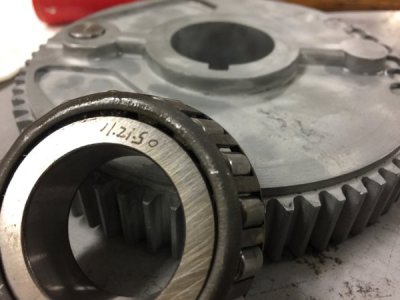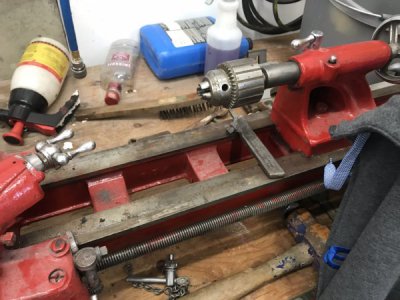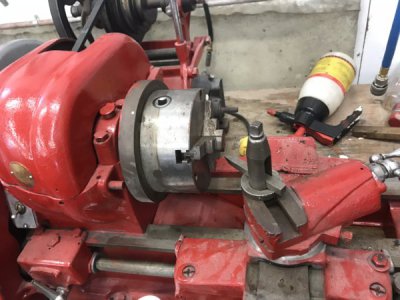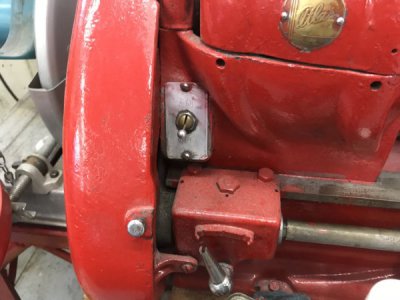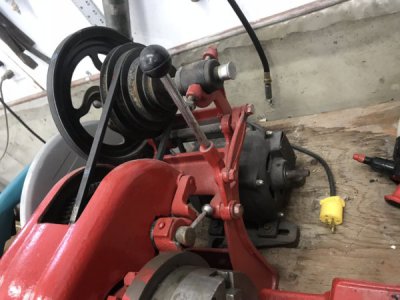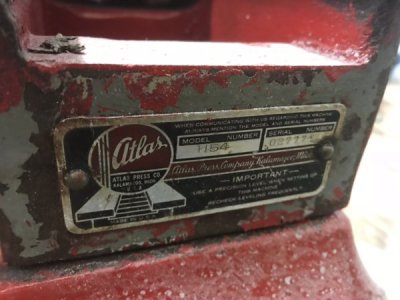- Joined
- Dec 25, 2011
- Messages
- 10,552
OK. Thanks. FWIW, by the time that the 28910 came out, Atlas was no long selling the cheaper change gear models. The machine will do quite well with carbide cutters. On being a little tight toward the tailstock, over the decades, a thin layer of varnish tends to accumulate there because the carriage seldom runs over it but the area tends to getsoiled some from oiling the part of the ways that the tailstock runs between. A good cleaning and polishing with Varsol and the finest Scotchbrite nylon pad may improve that a little.

